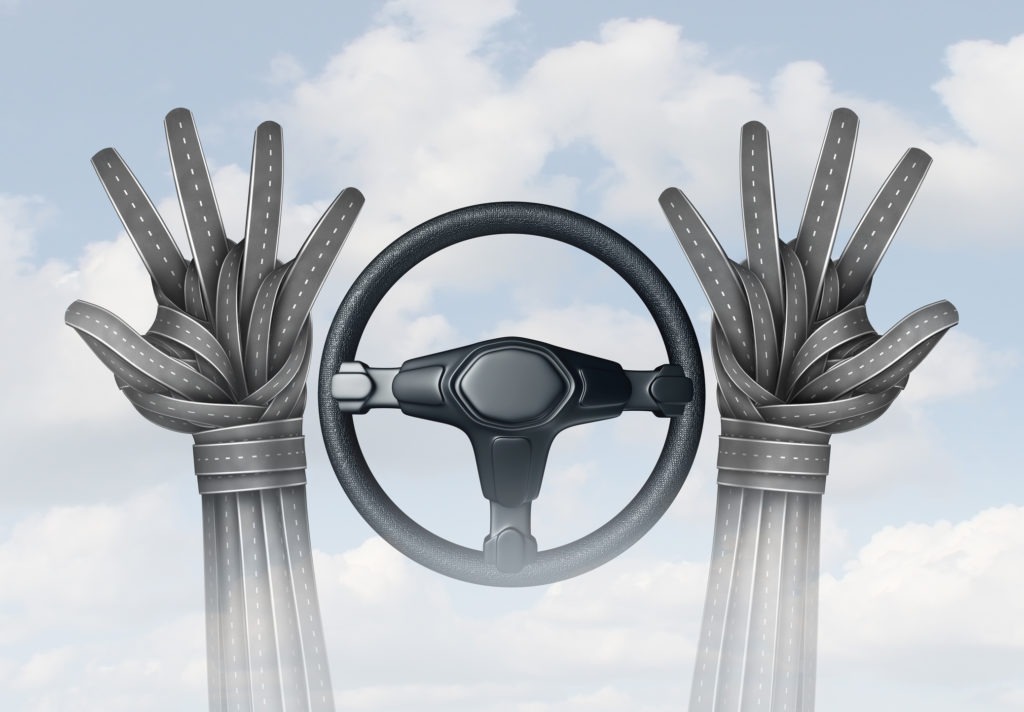Toyota taking a cautious safety-based approach to autonomous driving
07 November 2017

07 November 2017
Japanese vehicle manufacturer Toyota has urged caution on expectations of driverless cars as the technology development continues at a pace towards Level 5 autonomy.
At a seminar held in the company’s technical centre near Brussels, Gill Pratt, head of the Toyota Research Institute, said that Level 5 vehicles, which need no human input whatsoever for any driving functions and will not require passengers to take control or even to be ready to, will need an achievement in the performance of artificial intelligence that no one knows how to do.
′If someone gives you a timetable for Level 5, you should quiz them hard. These are early days in the long journey,’ Pratt said.
Toyota is taking a safety-based approach towards its development of autonomous vehicles, with Pratt saying that the company’s aim is zero casualties from traffic accidents involving the technology. The company introduced its i-TRIL autonomous concept vehicle in Geneva earlier this year.
The automaker has already deployed a range of accident-avoidance systems in its models. They will be followed by more advanced features that will allow hands-off driving starting in 2020, Toyota executives said at the seminar.
′Our goal is to create a car that will never be responsible for a crash, regardless of what the driver does,’ said Pratt.
Toyota will offer Level 2 features in 2020, with Highway Teammate. Vehicles with the feature will be able to automatically merge, overtake and change lanes on highways. A Level 4 feature allowing driving on all public roads, called Urban Teammate, would be launched some time after that.
A number of automakers have said they will avoid Level 3 autonomy because of uncertainties about a driver’s ability to retake control fast enough to avoid an accident. The SAE global automotive engineers’ association defines Level 3 as ′conditional automation’ in which the ‘human driver will respond appropriately to a request to intervene.’ Pratt said Toyota’s position is that Level 3 is not sufficiently well defined to make it a priority.
However, Audi has launched Level 3 in its new A8 model, for which it has had to negotiate with German authorities to enable it to get Type Approval.
Seigo Kuzumaki, Toyota’s assistant chief safety officer, added: ′Toyota supports SAE level definitions but understands there are challenges in the car-to-driver handover when the system cannot drive on its own. In addition we need to think about changes in driving conditions such as weather, but the SAE doesn’t cover such factors,’ he said.
Safety benefits aside, Pratt said that autonomous technology research was being driven by a need to remain competitive with other automakers. ′We want to be honest about other reasons why we are spending so much money on this,’ he said. ′Of course some of the competition is happening in order to affect what happens in the dealership ″” the purchase of personally owned vehicles.’
Toyota is also investing in development of electric vehicles, despite not fully embracing the technology as it continues to develop its hybrid powertrains. However, the company stated that the China Quota scheme had forced it into ′an agonising U-turn’.